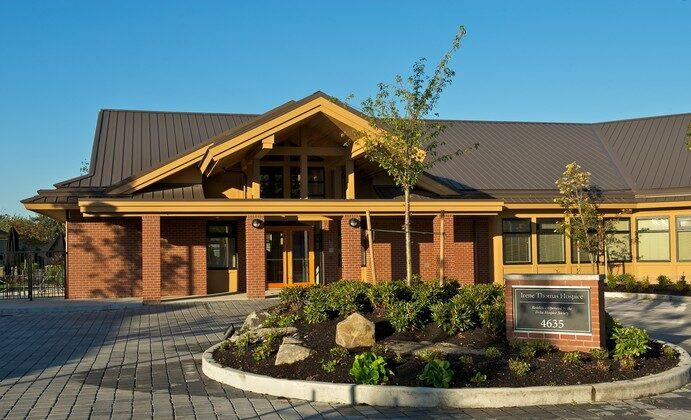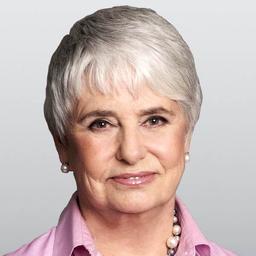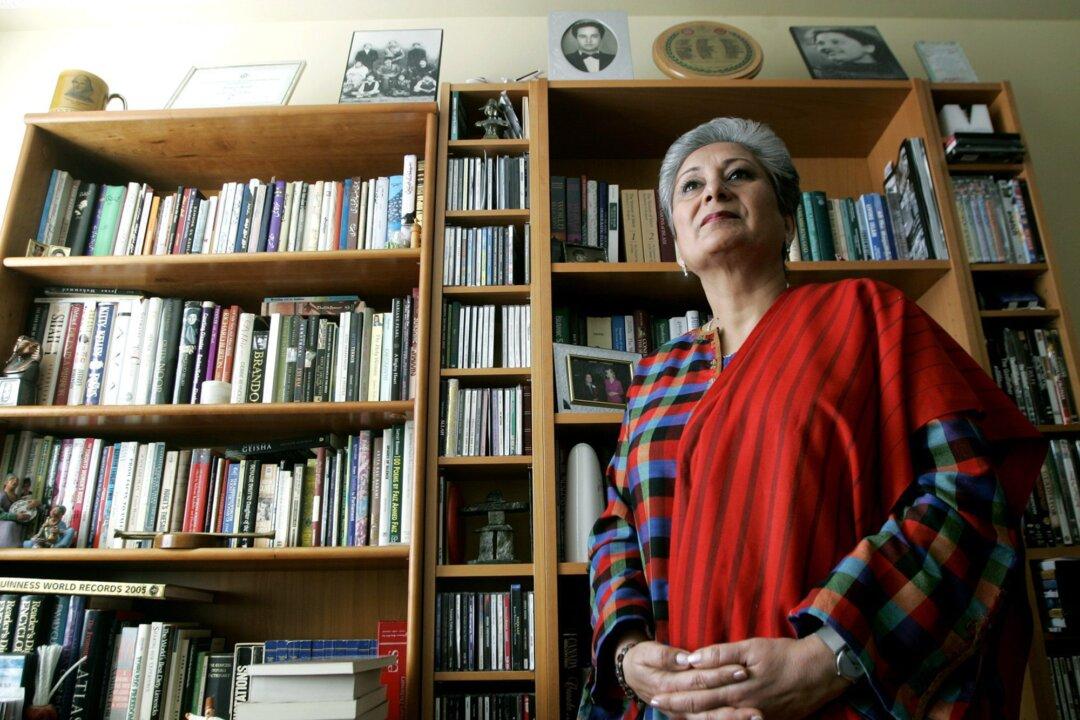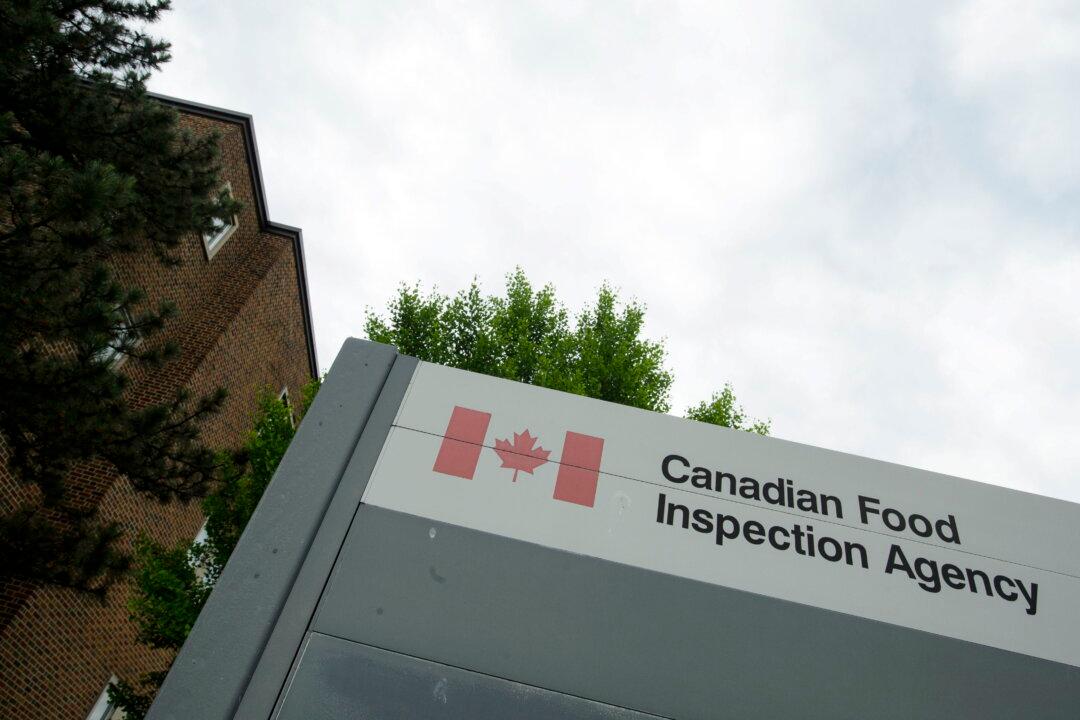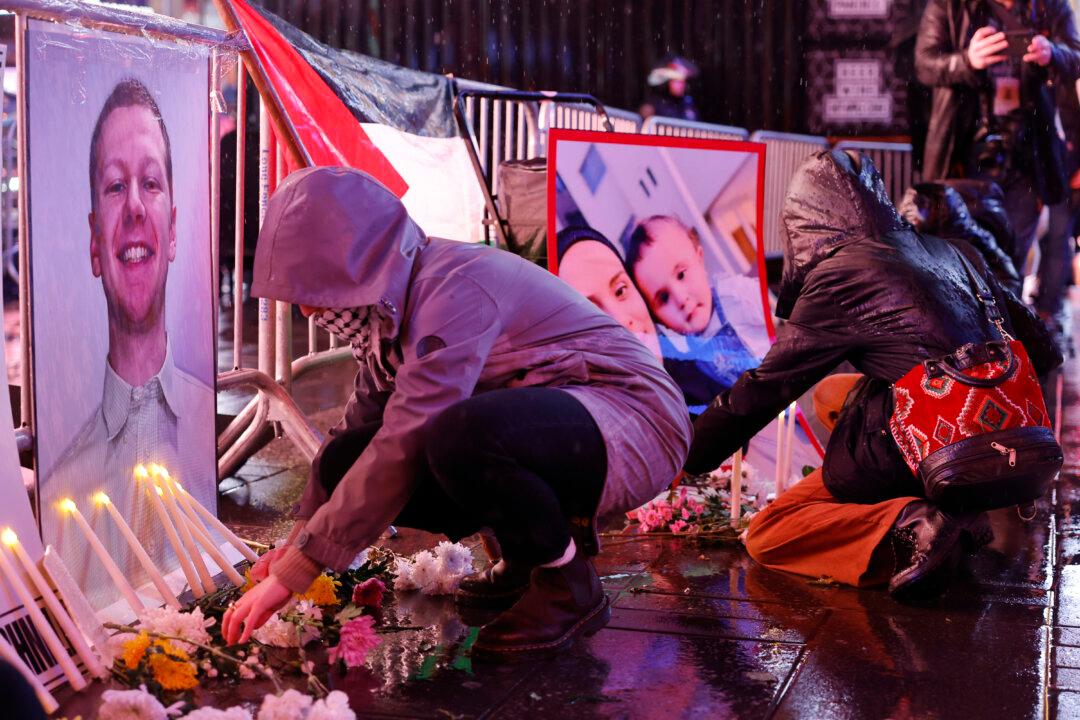Misleading language is a friend to tyrants, for whom it works as a placebo against public unrest. In Russia, the charged words “war against Ukraine” are forbidden. Russians must use the more soothingly anodyne “special military operation.”
Euthanasia activists always begin with demands for euthanasia “lite”: the right to medically assisted death for competent adults with a severe, irremediable condition facing a reasonably foreseeable natural death (RFND). They know time will bring them what they really want: suicide-by-doctor on demand for anyone, and for any reason.
In 2016, Canada’s Bill C-14 hewed to the RFND line, and Parliament promised a delay in new legislation until completion of a June 2020 review of MAiD, but as well of mental health care and palliative care resources. In March 2021 we got Bill C-7, which eliminated the RFND clause, removed the 10-day reflection guardrail, and permits one rather than two witnesses for request corroboration (the one can be a paid caregiver).
Nobody can blame this woman for the despair that drove her to what she perceived as a release from hell. But there is something very wrong with a system where informed housing bureaucrats (they were repeatedly informed in this case) who could have executed remedial action on her behalf did not bestir themselves, while the process for Sophie’s euthanasia unfolded with seamless efficiency.
Euthanasia activists brook no arguments for logistical exemptions, even on grounds of conscience. Just as the Puritans are mockingly described as haunted by the fear that someone, somewhere, may be happy, thanatologists are haunted by the fear that someone, somewhere, may not have instant access to medically assisted death. And be it ever so humble, the euthanasia police will ferret out any unit receiving public funds that refuses to offer the sacred elixir.
Ironically, there is a MAiD-providing hospital just a short walk from the hospice, but the DHS was told it was a serious human rights violation to make people move for services not offered in one facility. Today the hospice is run by the provincial authority and permits euthanasia.
With or without the euthanasia proviso, fewer than 30 percent of Canadians have access to palliative care, although palliative-care specialists say 90 percent of us could benefit from it. The 2017 National Framework for Palliative Care in Canada had no funding linked to its action plan. But as the DHS example demonstrates, euthanasia is considered a right for 100 percent of Canadians, and apparently unlimited funds are available to ensure that not a single “Sophie” is left behind. Until 100 percent of Canadians have an equal right to quality palliative care, the “option” of euthanasia for our most vulnerable fellow citizens is just another weasel word.
Most people believe that euthanasia on demand (where we are headed) is an individual decision that has no effect on anyone else. They are wrong. Since prolonged suffering is now perceived as a choice—and increasingly frowned upon as a socially inconsiderate one—it corrodes our capacity for empathy.
Ms. Dykxhoorn was horrified by the story. Her Dutch relatives were unmoved. “Their eyes were just as glazed over as if they had been watching a report of a minor traffic accident,” she writes. Probing, she asked them if the psychiatrist should not have treated the woman for depression. “Well,” her uncle shrugged, “this was obviously what she wanted.”
The psychiatrist was charged and tried, but acquitted, hastening euthanasia’s normalization process. In 2002, euthanasia was legalized for adults in the Netherlands, and extended in 2020 to terminally ill children under age 13. Today a “completed life” track is now being considered: that is, euthanasia for any adult of of any age who believes they’ve lived long enough.
By no coincidence, since we may lag behind the Netherlands in time but not in thanatological fervour, in March 2023, the mentally ill in Canada will have the right to choose euthanasia. This is endorsed by the Canadian Psychological Association, even though, as psychiatrists know, suicidality is all too frequently a characteristic of untreated psychological illness.
Glazed-over eyes, glazed-over hearts, glazed-over souls. Here, if proof were needed, is euthanasia’s invisible but profoundly anti-social slippery slope.
